The World Bank
The two following documents are related to the ‘World Bank Group / Central Asia Hydrometeorology Modernization Project -CAHMP-’ . They present post processing methods of numerical weather forecasts, as they were introduced to Central Asian meteorologists and hydrologists.
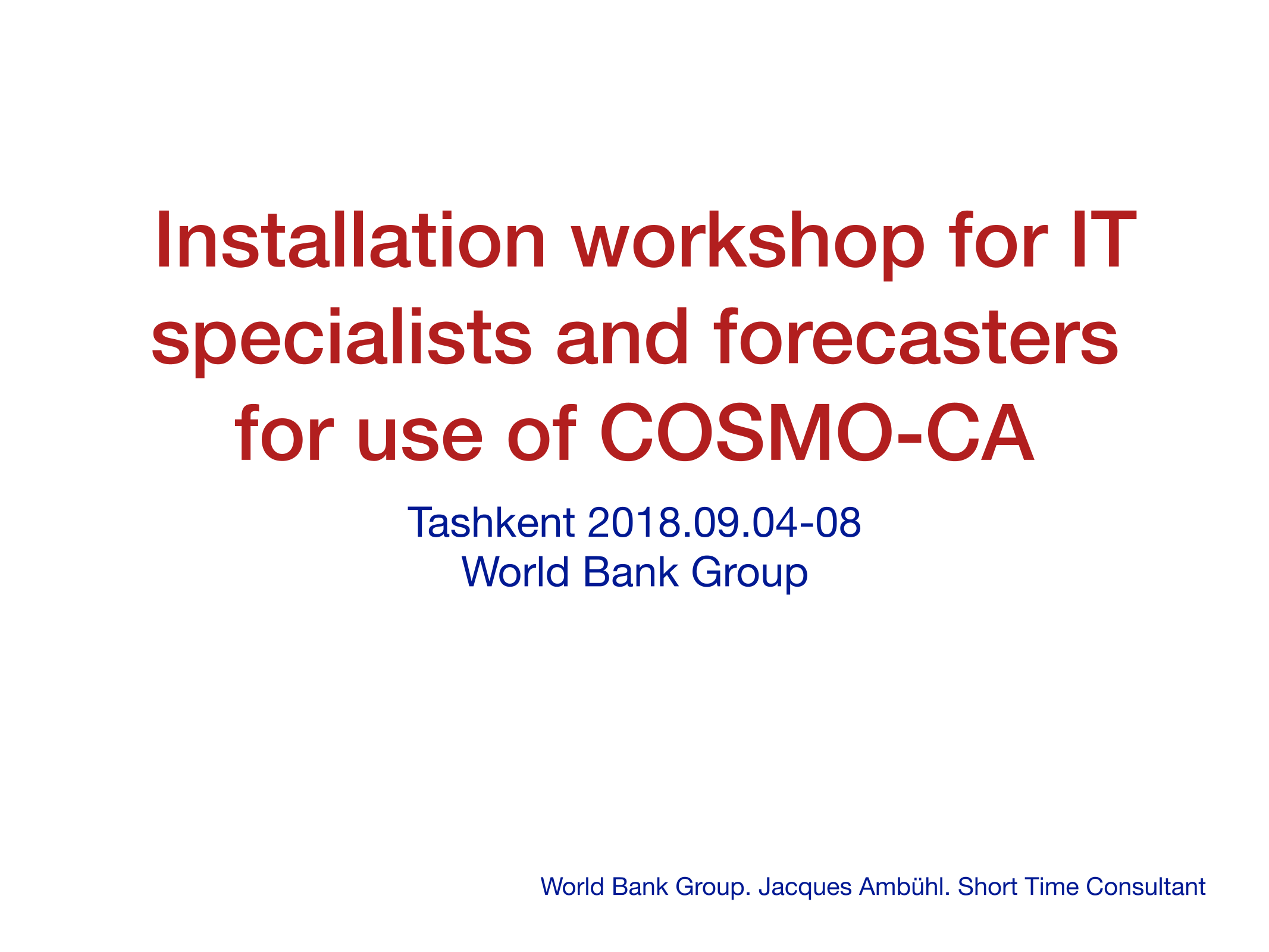
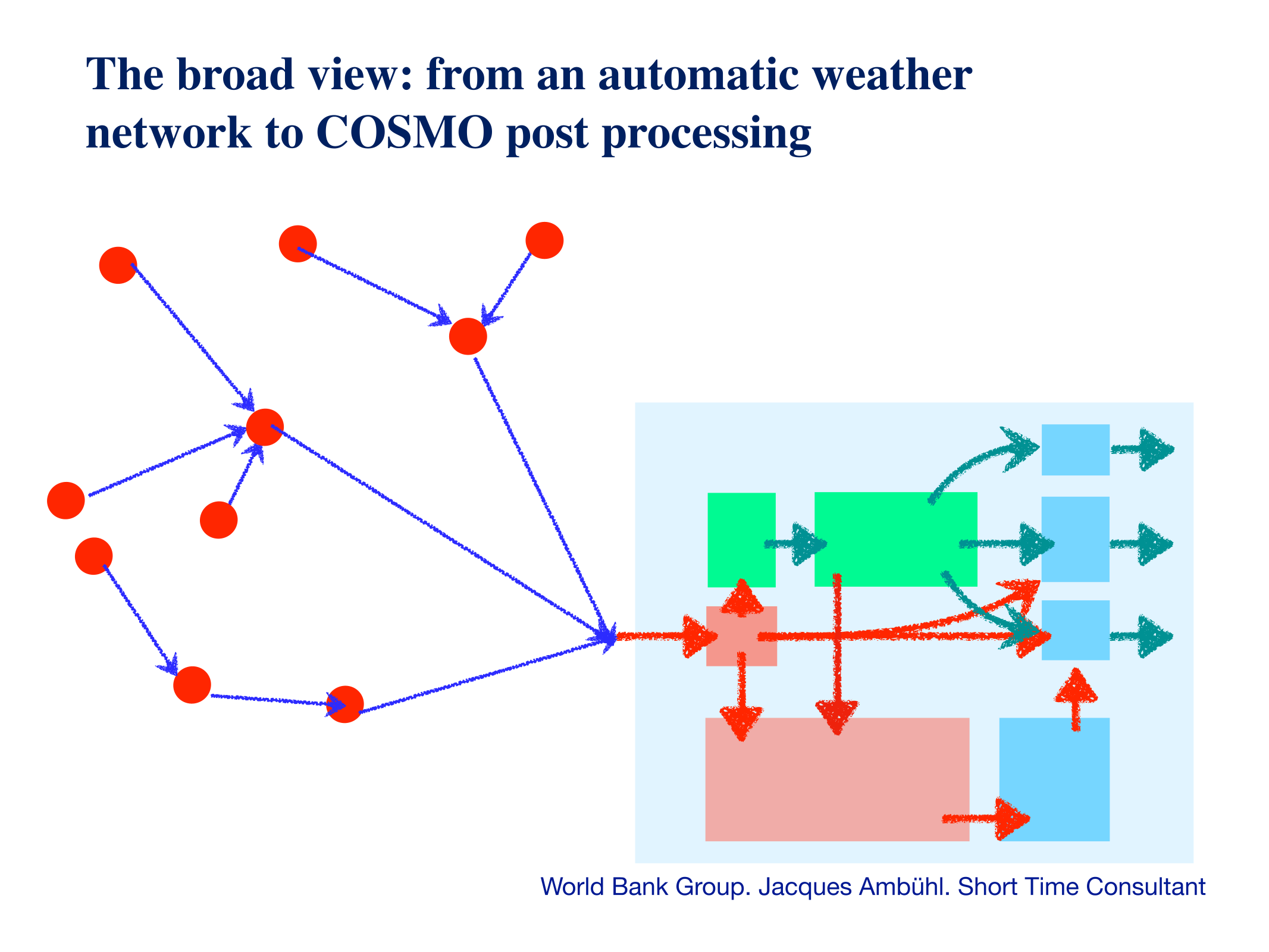
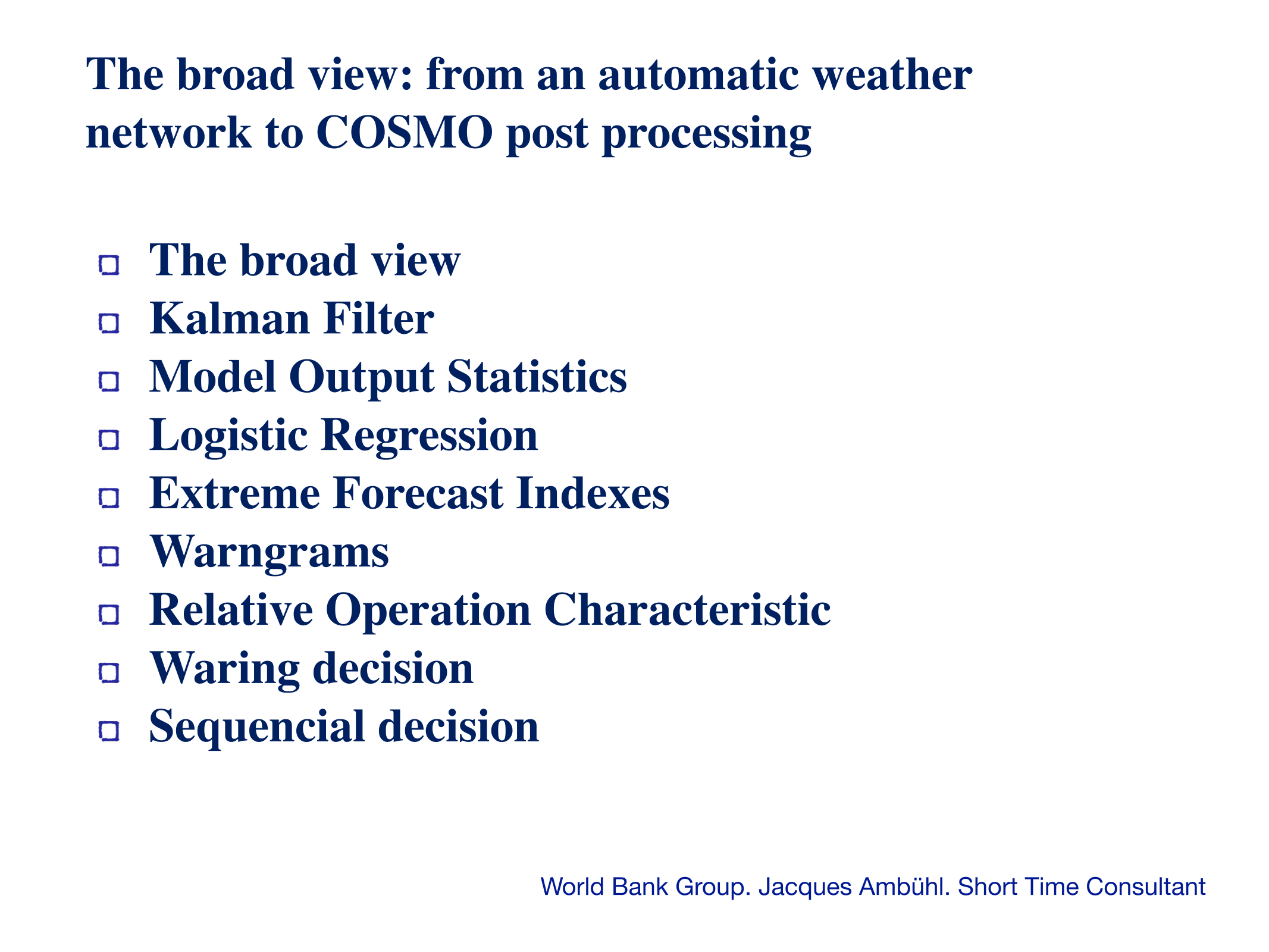
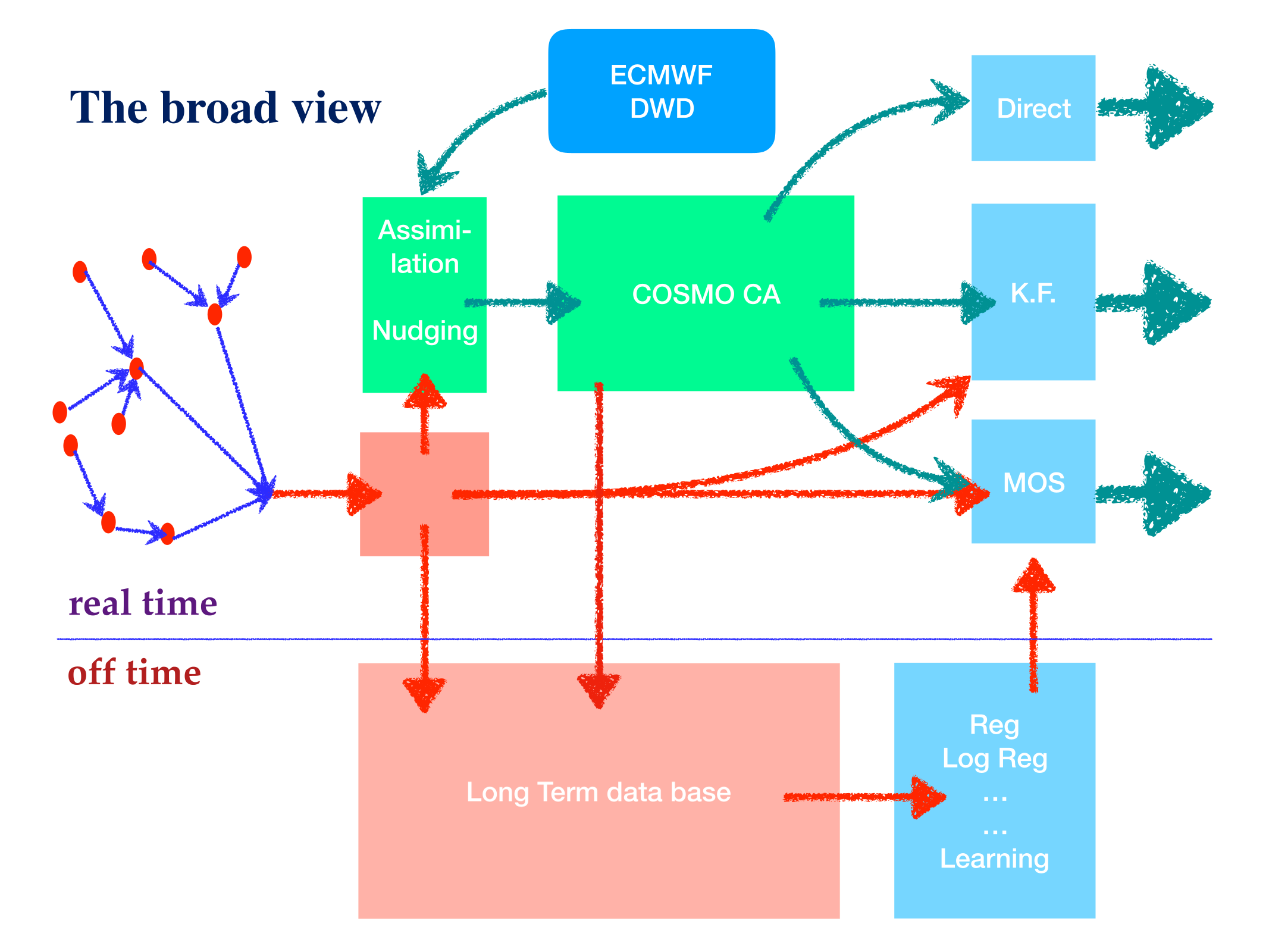






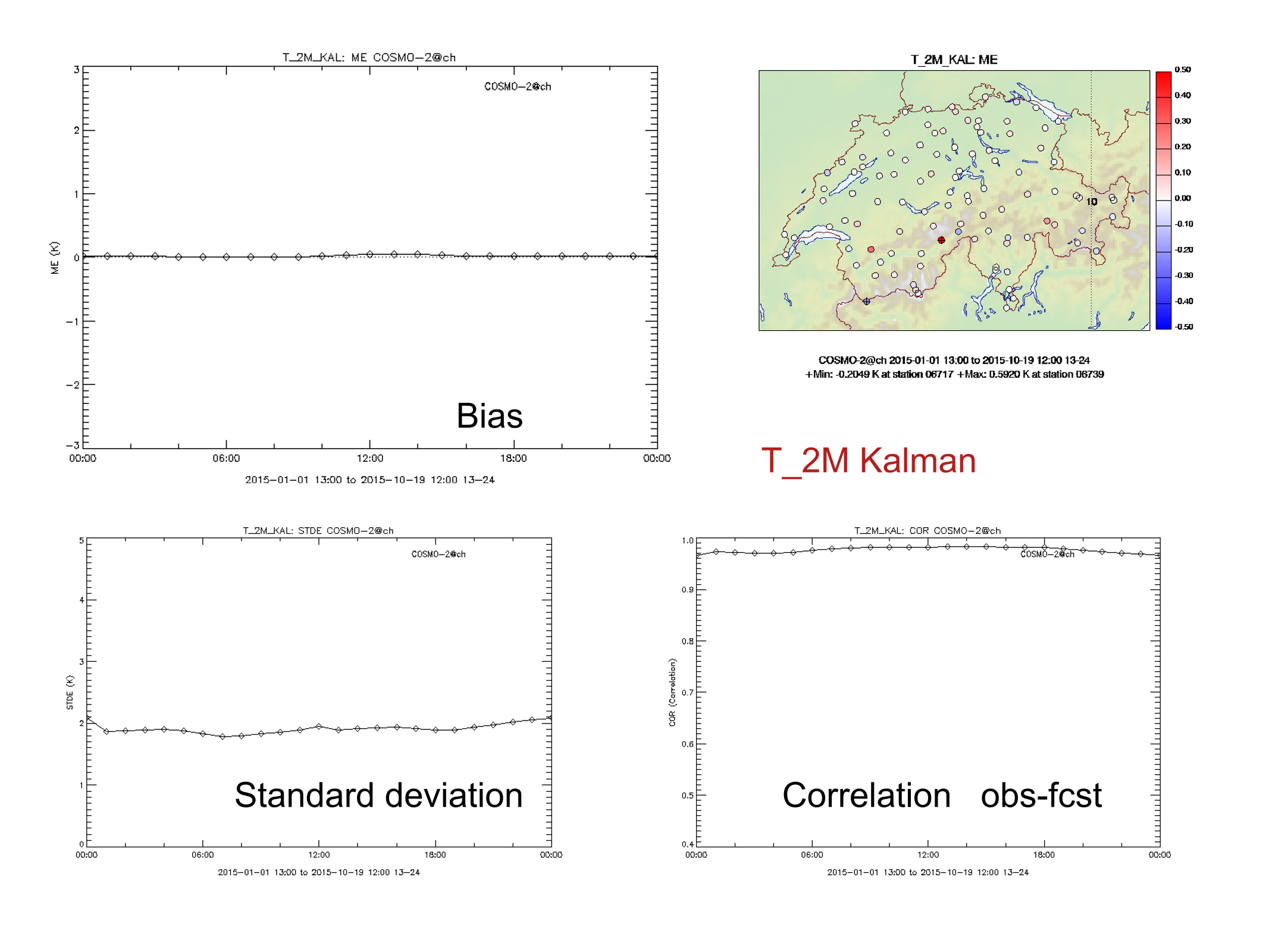
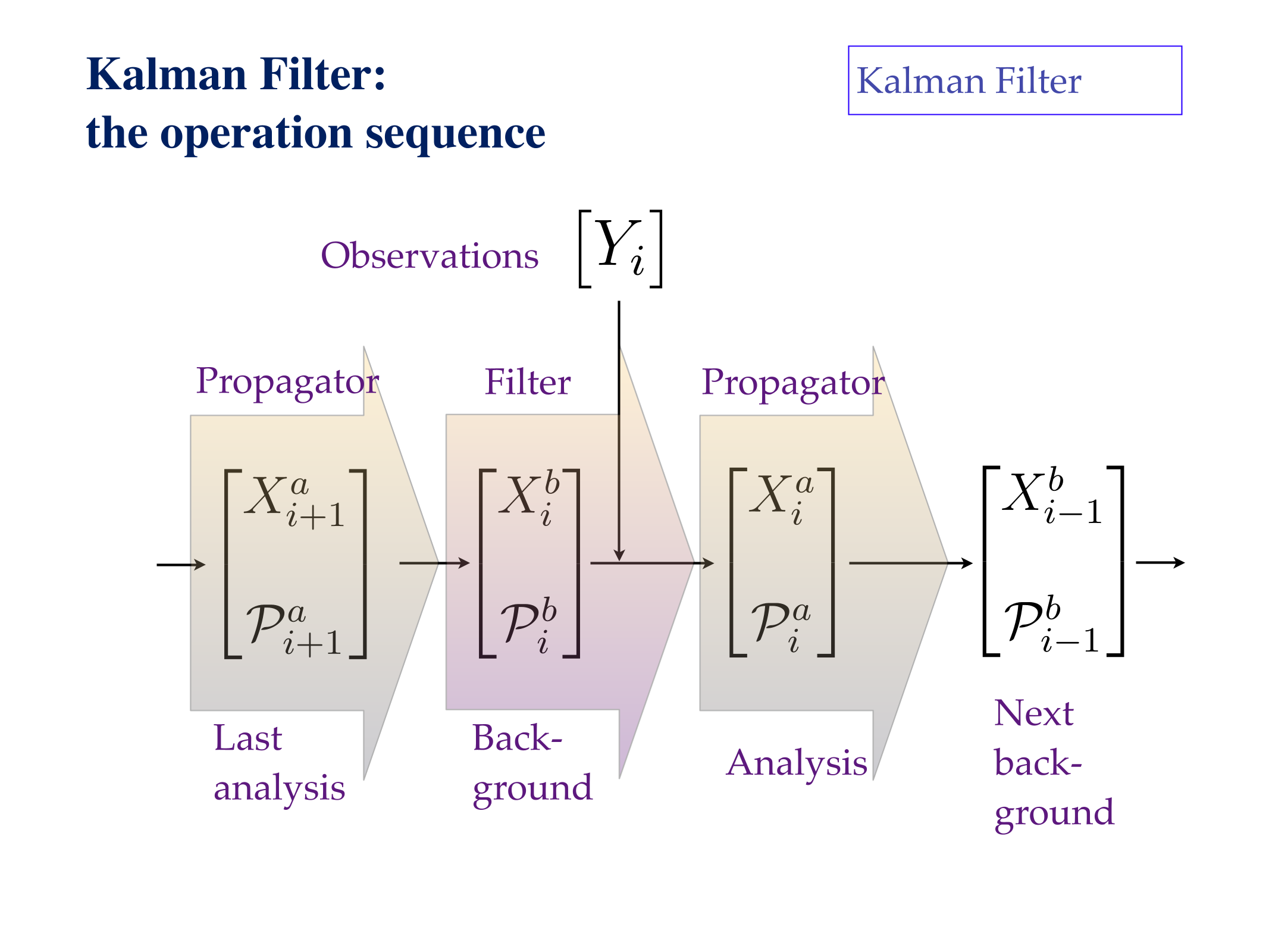

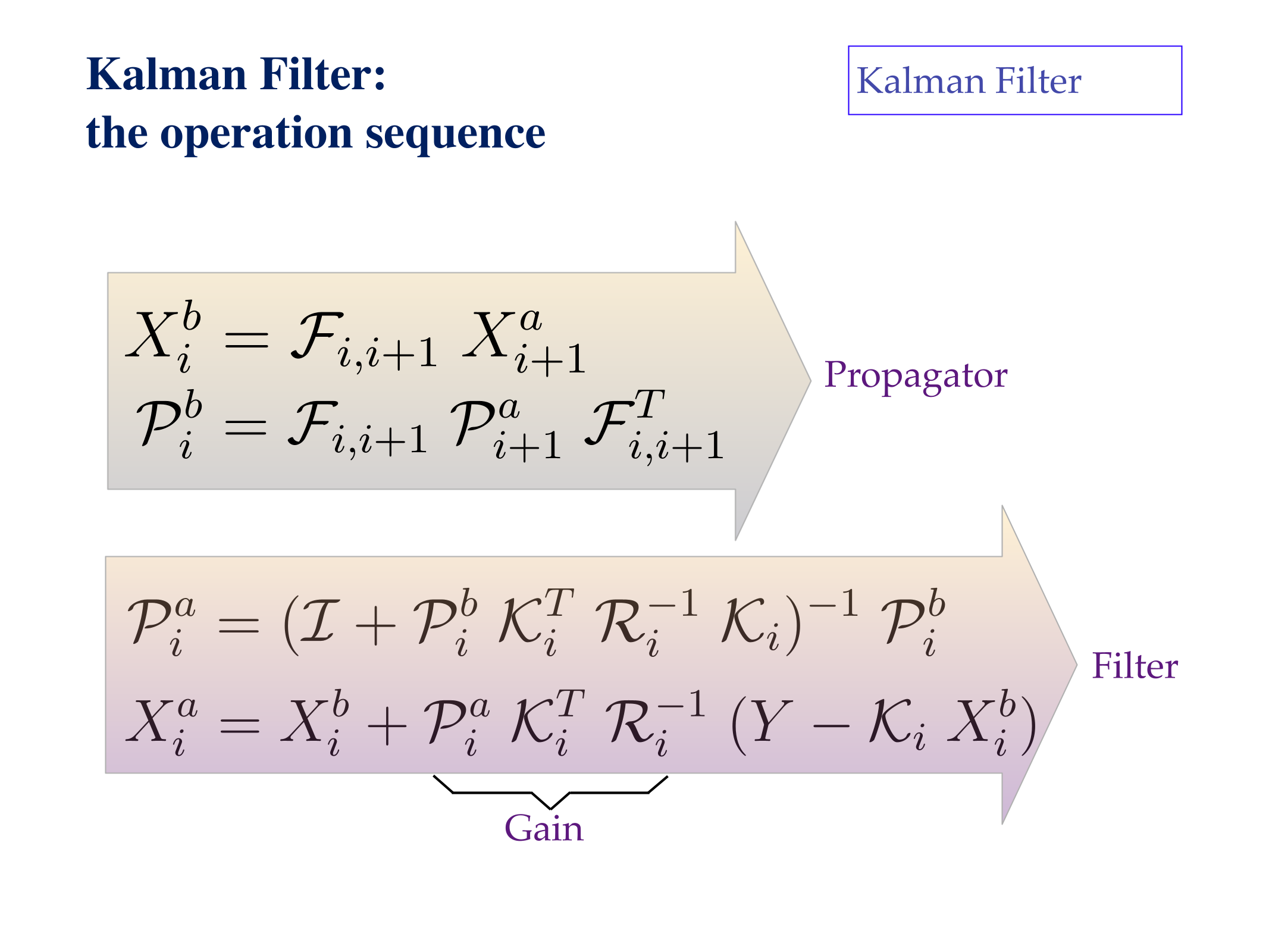


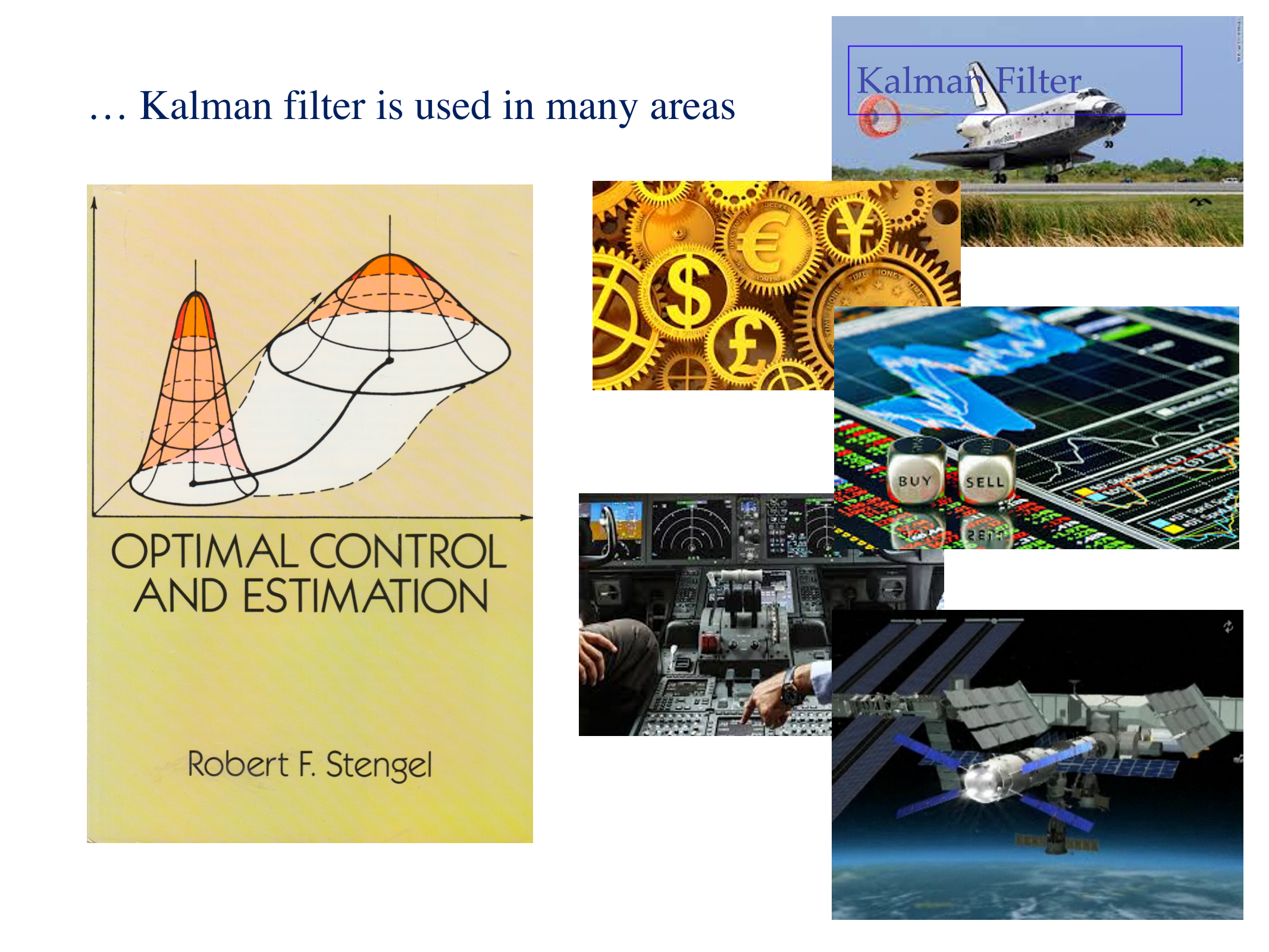


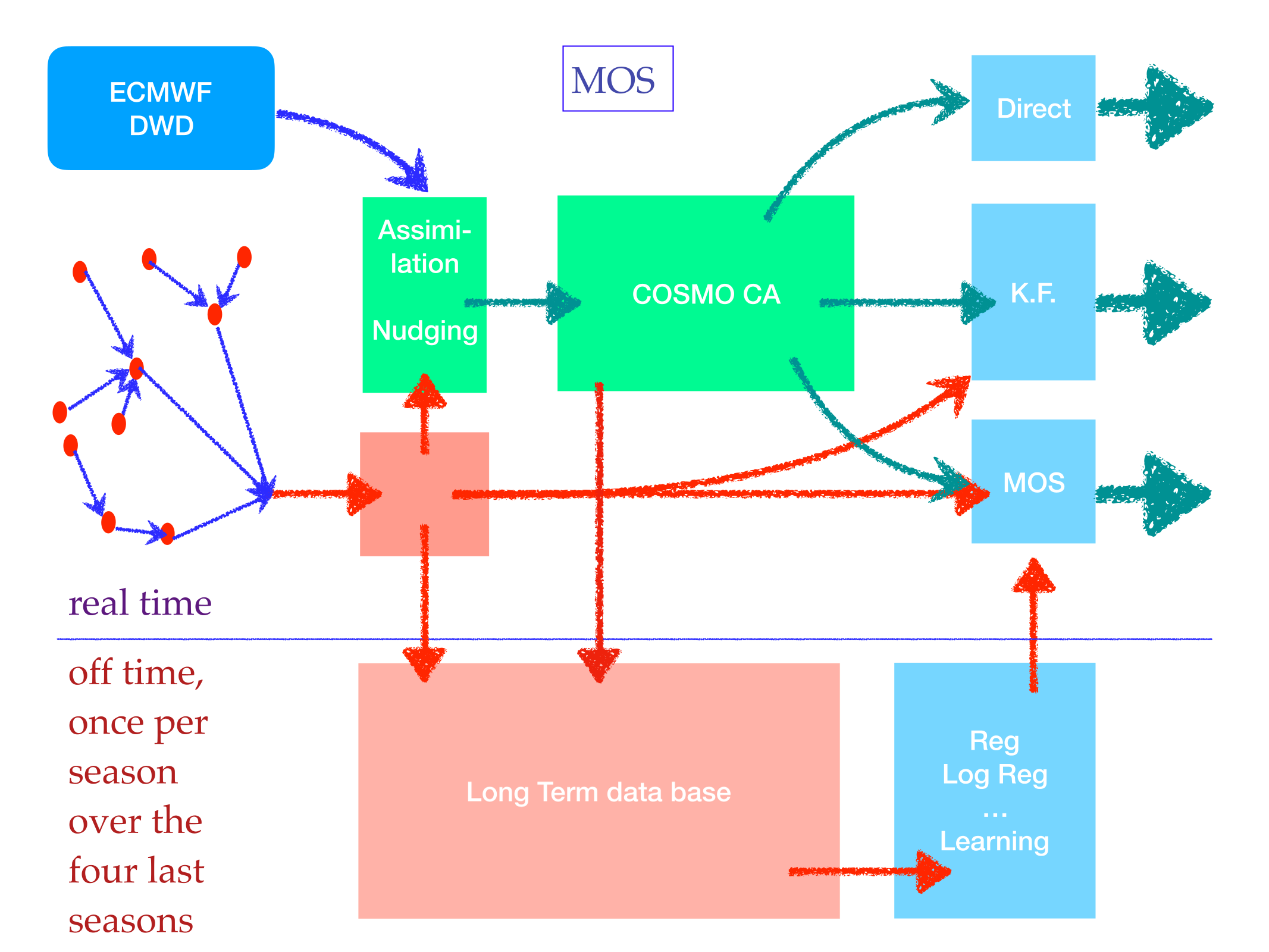




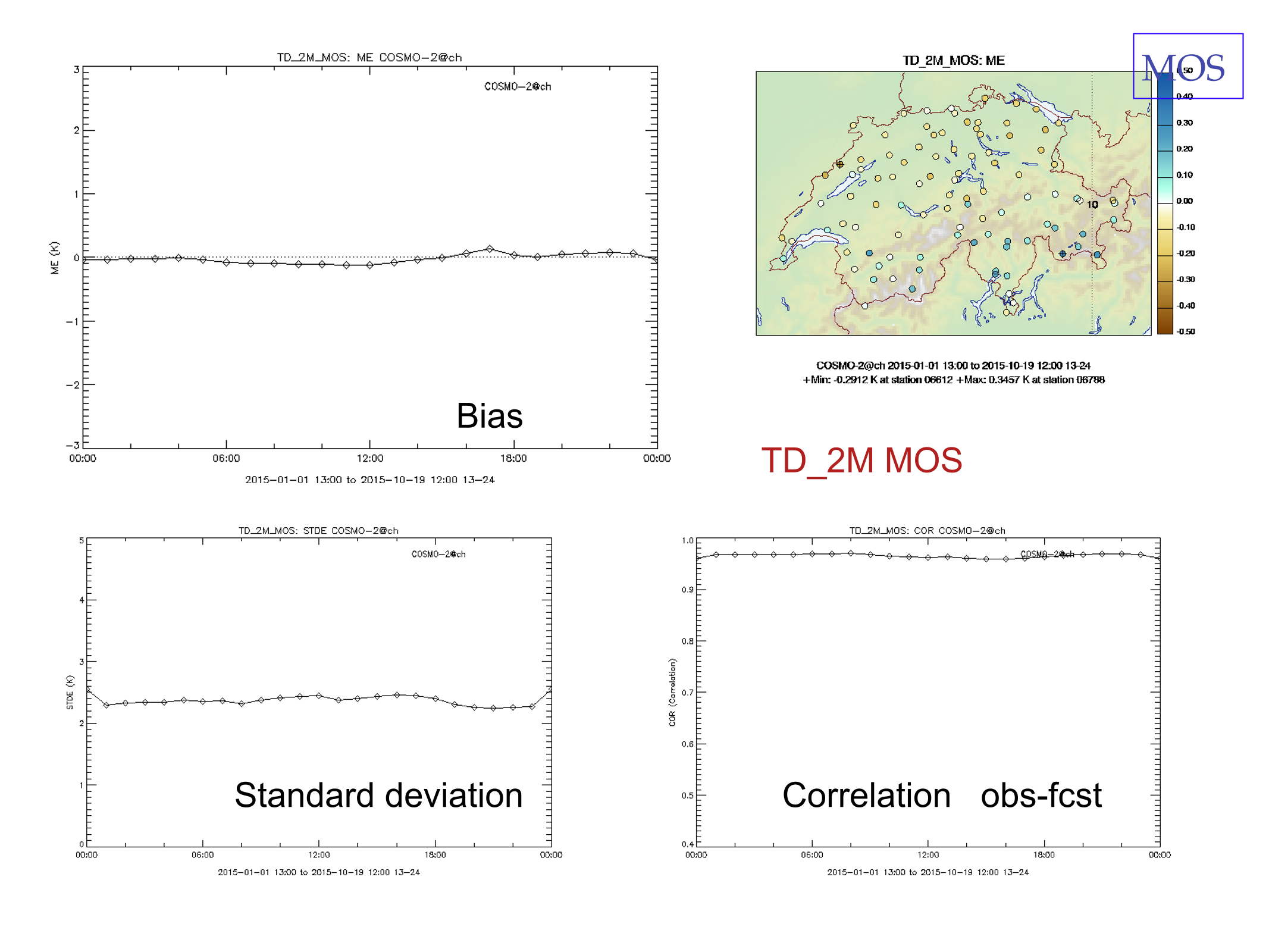

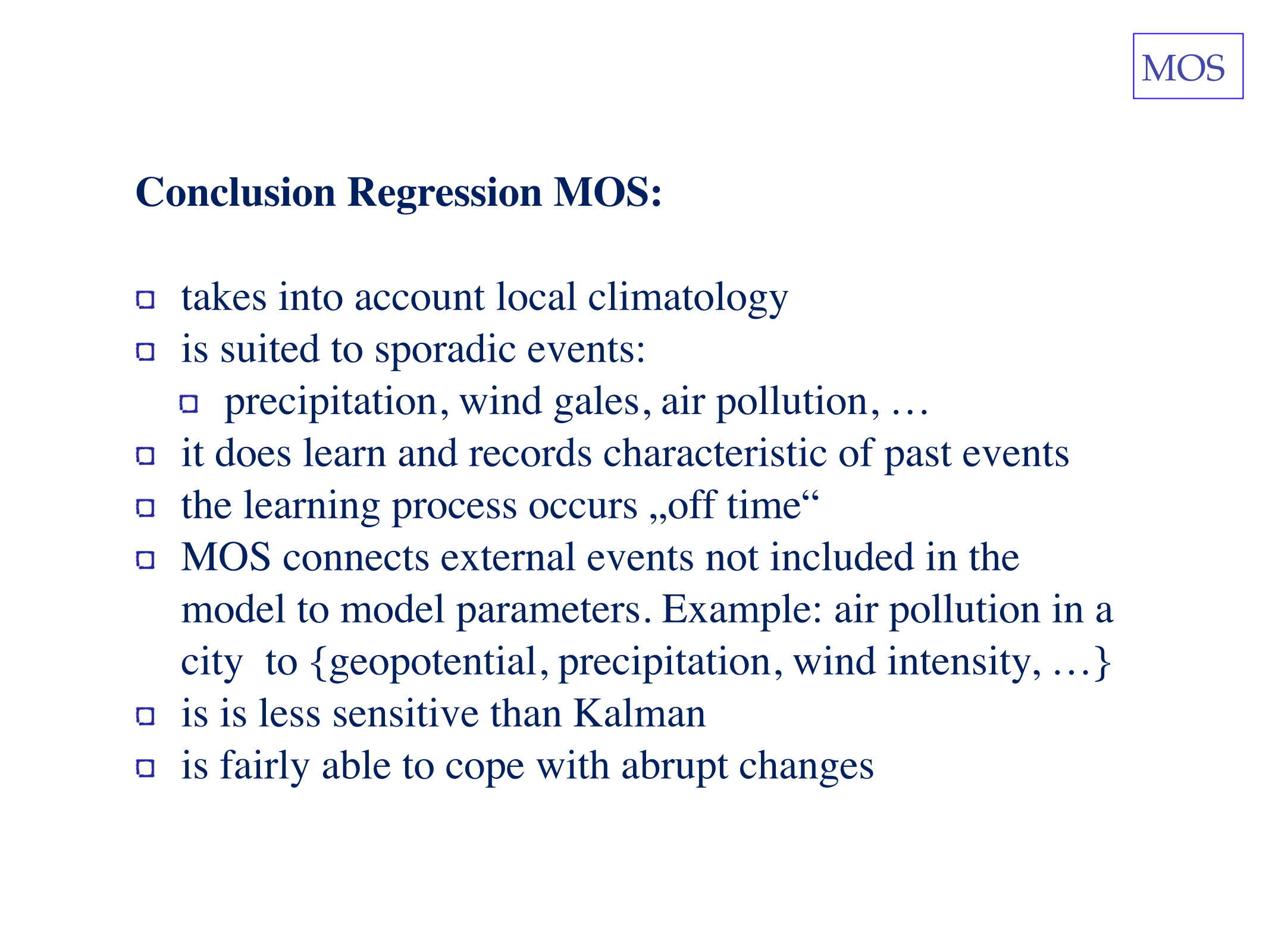
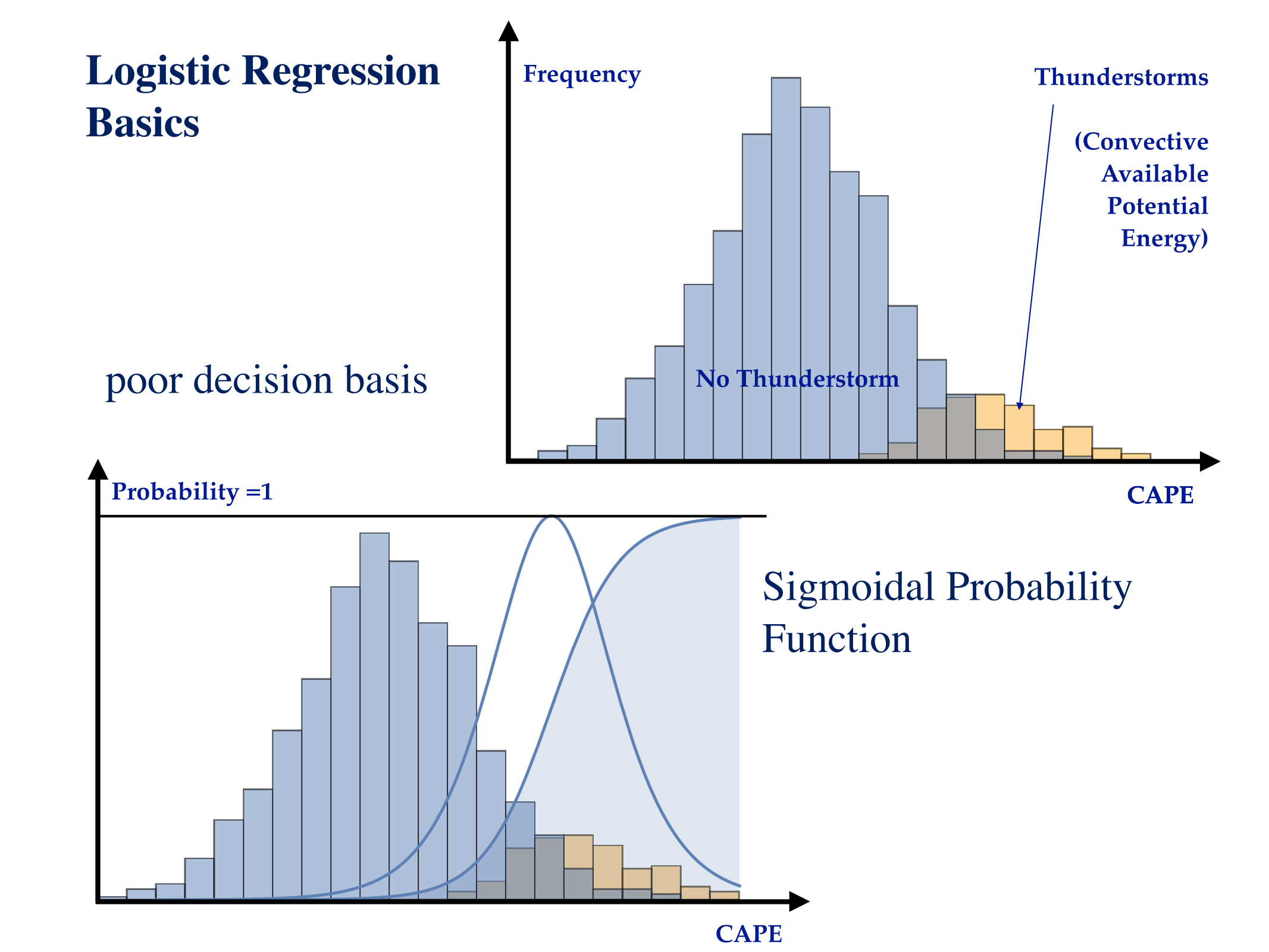











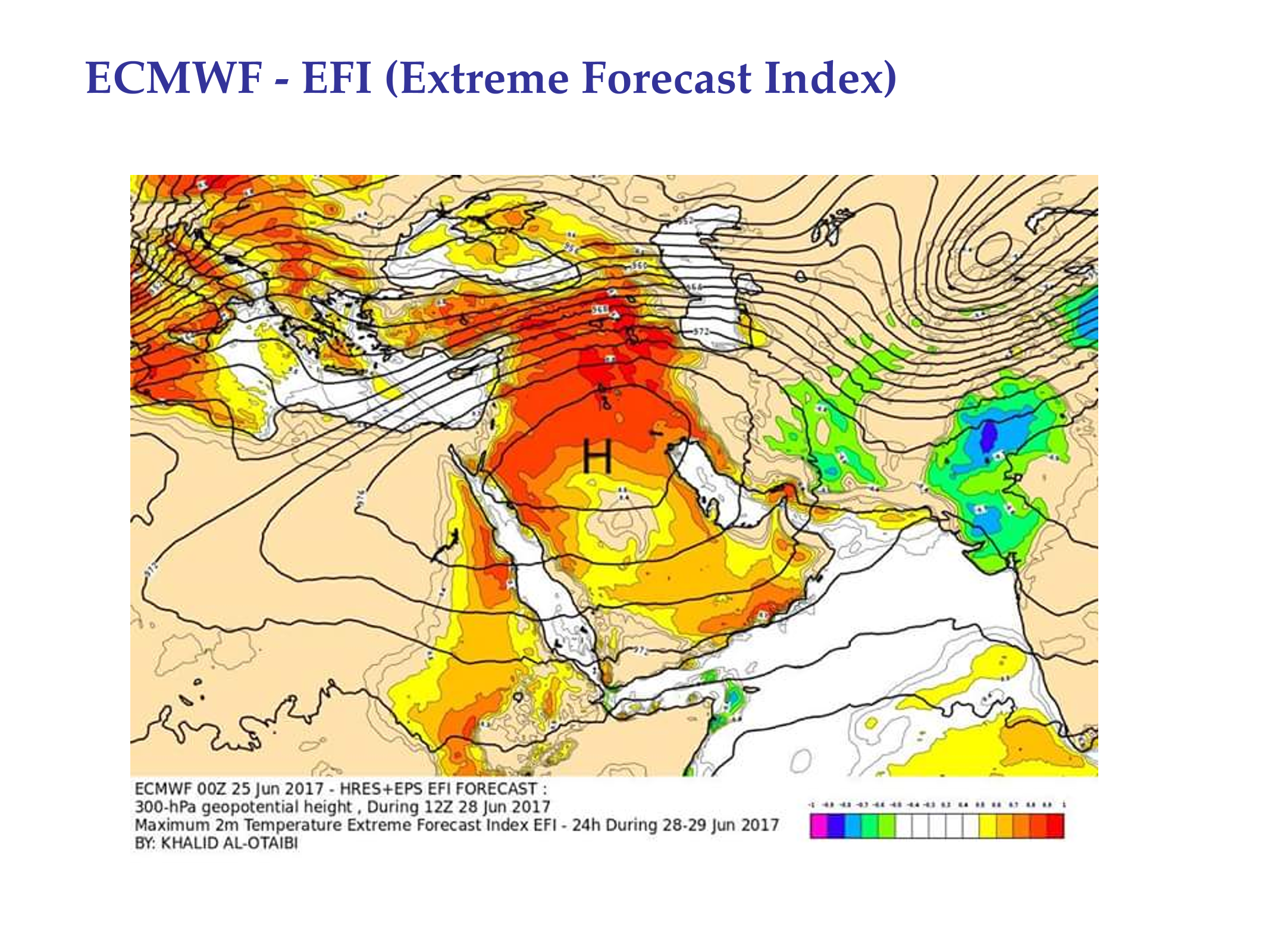

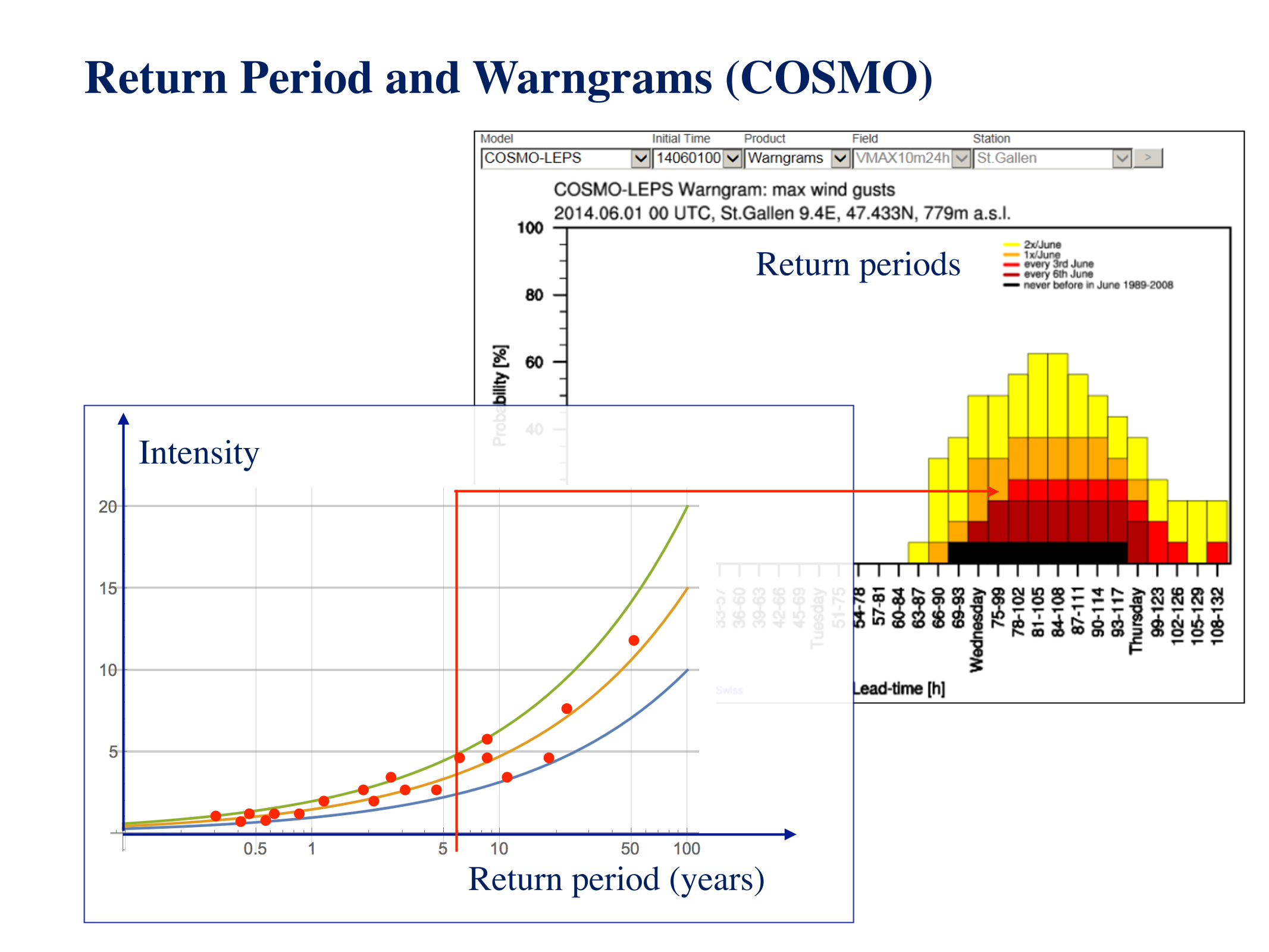


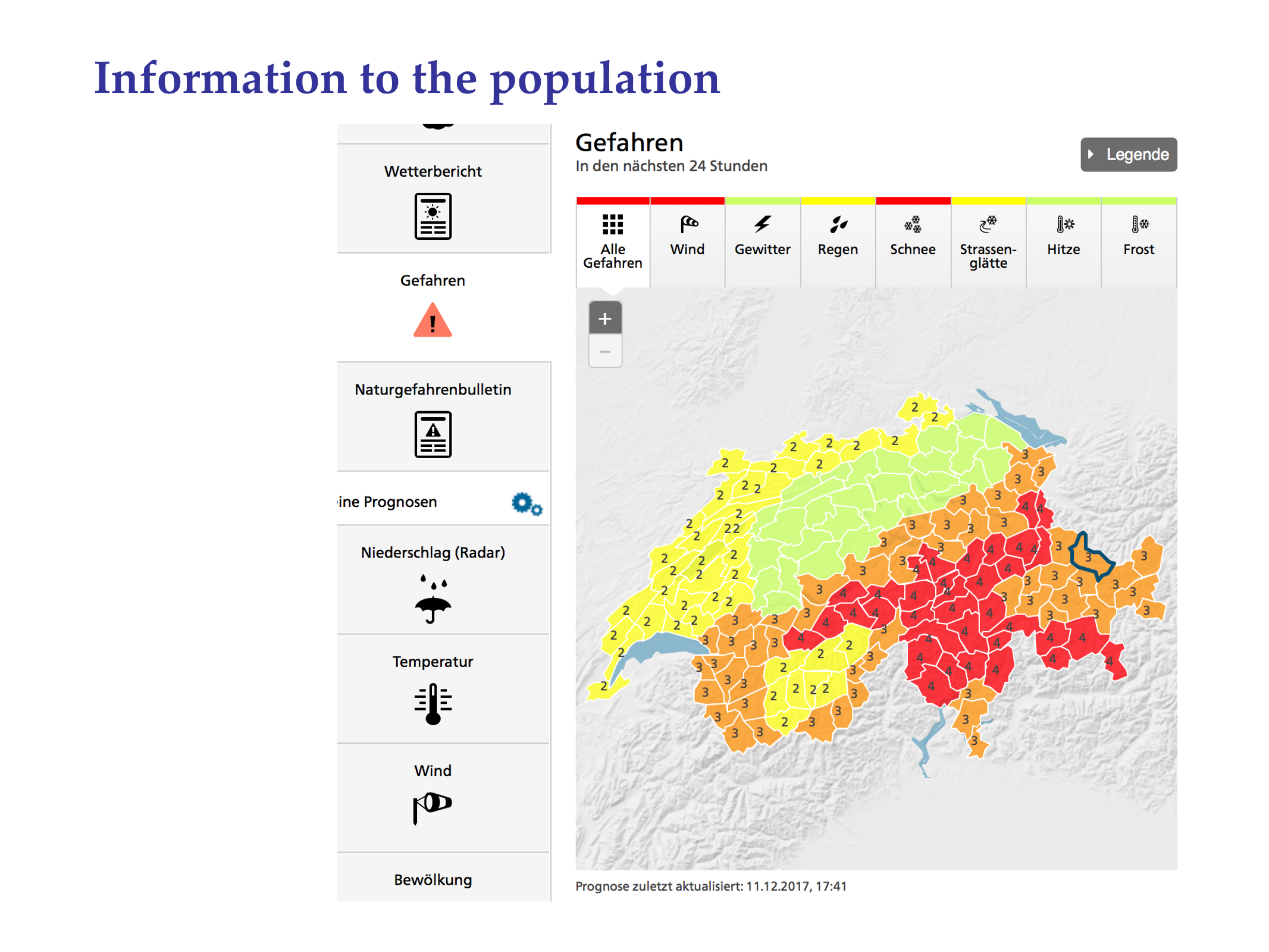







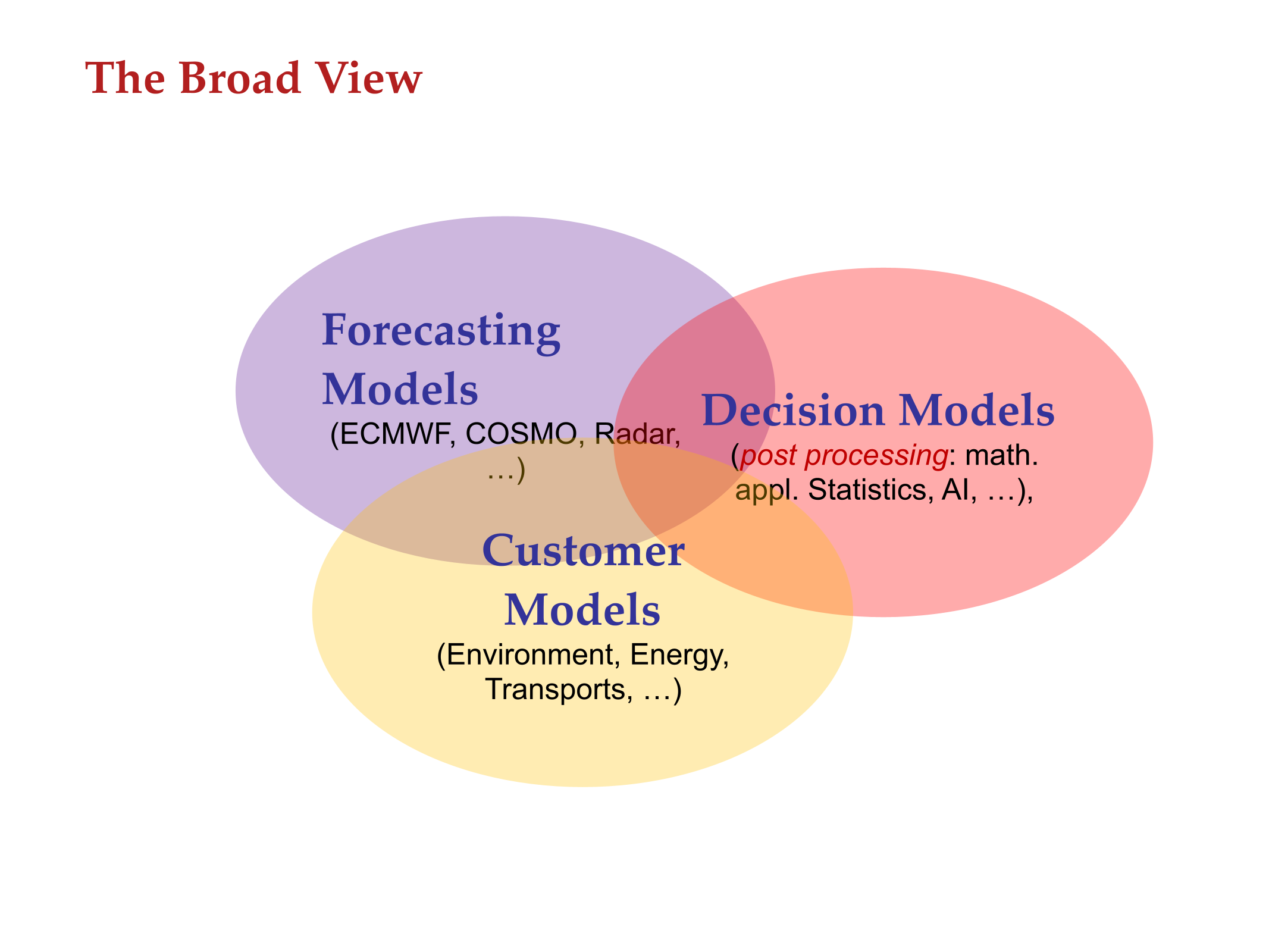

Extract from the introduction available on the World Bank Group Site. ICON-In-the-Cloud (ICONIC): Piloting Numerical Weather Prediction on Commercial Cloud Services for Central Asia (English). Washington, D.C. : World Bank Group. ‘High resolution numerical weather prediction (NWP) is critical for improved forecasting of expected meteorological conditions, especially for extreme events. NMHSs traditionally install high performance computers (HPC) on their premises to run NWP models. This comes with certain advantages such as minimization of potential latencies (time lags) of the network and nodes, optimal hardware configuration for NWP needs, and strong data security. However, due to resource and capacity constraints, many NMHSs often struggle to operate and maintain HPCs, which require costly facility and infrastructure investments, and high regular budget for maintenance, electricity, cooling and expert staff. Conversely, cloud computing has become increasingly affordable and offers more flexibility in job and computing resource scaling without requiring significant capital investments. The German Weather Service (DWD), World Bank and World Meteorological Organization (WMO) collaborated to test the feasibility of running an operational NWP LAM on commercial cloud computing services. In general, it appears that running NWP on a commercial cloud provider is an attractive alternative to procuring and maintaining an HPC for the same purpose, particularly for resource constrained NMHSs. Often challenged to attract and retain sufficient technical staff to maintain HPCs, as well as confronted by insufficient budgets and even inconsistent power supplies, the offloading of such ICT burdens to commercial providers for comparatively small costs should be considered by NMHS management.’